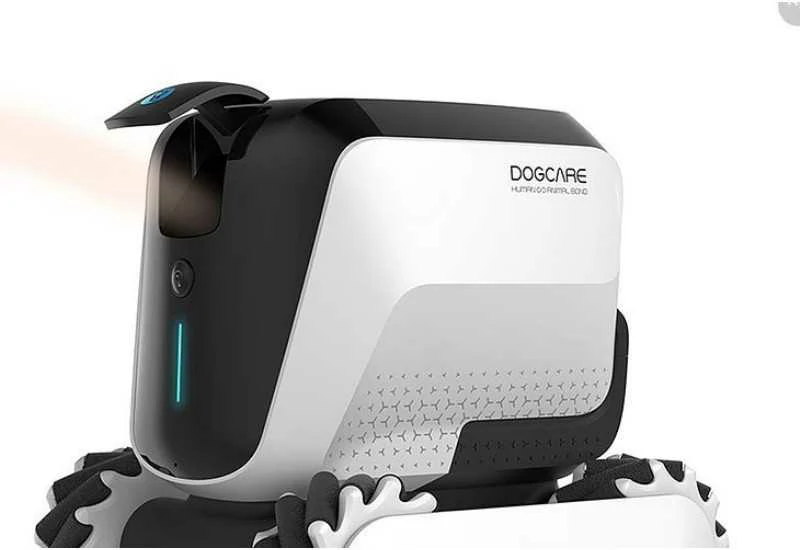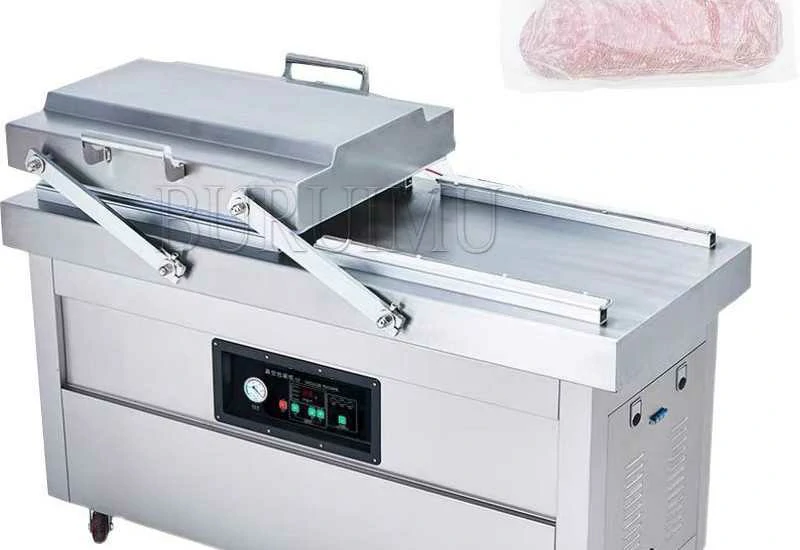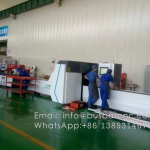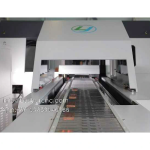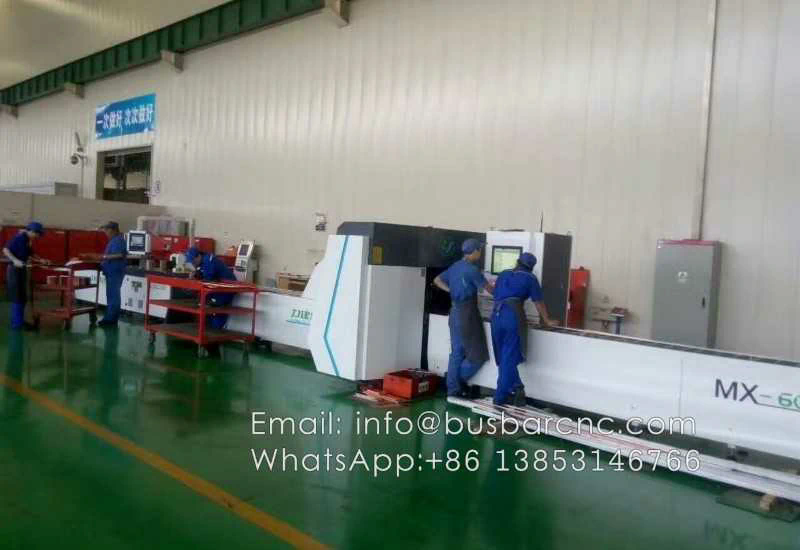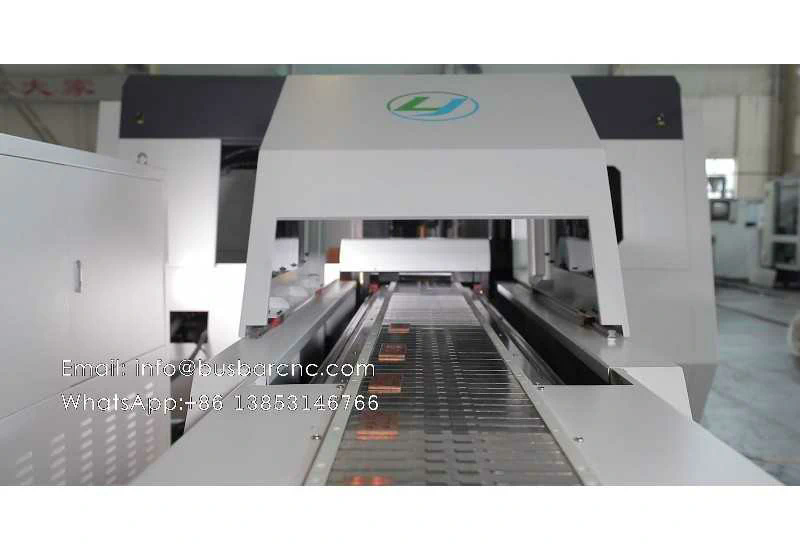3D printing is a rapidly evolving technology that has gained immense popularity in recent years. It offers the ability to create three-dimensional objects by layering materials on top of each other. There are several different 3D printing technologies currently in use, each with its own unique advantages and applications. In this article, we will explore the current mainstream 3D printing technologies and their key features.
Fused Deposition Modeling (FDM)
Fused Deposition Modeling, also known as FDM, is one of the most widely used 3D printing technologies available today. It works by melting a thermoplastic filament and extruding it layer by layer onto a build platform. FDM printers are relatively affordable and easy to use, making them popular among hobbyists and DIY enthusiasts. However, the downside of FDM is that it generally produces objects with lower resolution and surface quality compared to other technologies.
Stereolithography (SLA)
Stereolithography, or SLA, is a 3D printing technology that uses a liquid resin that is cured by a UV laser to create objects. SLA printers are capable of producing highly detailed and accurate models with smooth surfaces. They are often used in industries such as jewelry, dentistry, and prototyping. However, SLA printers can be expensive and require special handling of the liquid resin, which can be messy and hazardous.
Selective Laser Sintering (SLS)
Selective Laser Sintering, or SLS, is a 3D printing technology that uses a high-powered laser to selectively fuse powdered materials together. It can work with a variety of materials, including plastics, metals, and ceramics. SLS printers are known for their ability to create complex and durable objects with high precision. However, they are generally more expensive than other technologies and require specialized equipment for handling the powdered materials.
PolyJet
PolyJet is a 3D printing technology that works by jetting layers of liquid photopolymer onto a build platform. Each layer is then cured by UV light to harden the material. PolyJet printers can produce objects with high accuracy and smooth surfaces, making them suitable for applications such as product design and visual prototyping. However, the downside of PolyJet is that it can be costly, and the materials used may have limited durability compared to other technologies.
Digital Light Processing (DLP)
Digital Light Processing, or DLP, is a 3D printing technology that is similar to SLA. It uses a digital light projector to cure a liquid resin layer by layer. DLP printers can produce objects with high resolution and intricate details. They are often used in industries such as dentistry, jewelry, and automotive. However, DLP printers can be expensive, and the liquid resin can be messy to work with.
Conclusion
These are just a few of the mainstream 3D printing technologies currently available. Each technology has its own strengths and weaknesses, making them suitable for different applications. As the field of 3D printing continues to advance, we can expect to see further improvements in quality, speed, and affordability across all technologies. Whether it’s FDM for quick prototypes or SLA for highly detailed models, 3D printing offers a world of possibilities for manufacturing, design, and innovation.
